What are New Energy Vehicles?
New Energy Vehicles (NEVs) are a type of vehicle that uses alternative sources of energy instead of traditional fossil fuels. These sources of energy include electric power, hydrogen fuel cells, and hybrid systems that combine a conventional engine with an electric motor. NEVs are becoming increasingly popular due to their many benefits, such as being environmentally friendly, having lower operating costs, and reducing dependence on foreign oil.
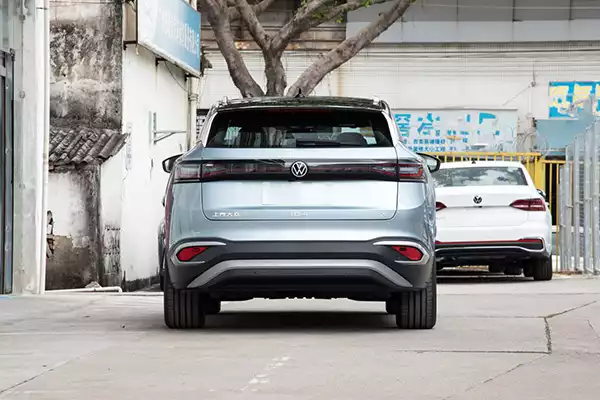
Electric vehicles are the most common type of NEVs and are powered entirely by electricity from batteries that are recharged by plugging the vehicle into an electrical outlet. Hybrid electric vehicles combine a conventional gasoline engine with an electric motor, providing better fuel economy than traditional gasoline vehicles. Fuel cell vehicles use hydrogen to produce electricity, with water vapor and heat being the only emissions. NEVs offer a cleaner and more sustainable alternative to traditional vehicles, helping to reduce air pollution and greenhouse gas emissions.
Benefits of New Energy Vehicles
NEVs offer many benefits over traditional gasoline vehicles, including lower operating costs, reduced emissions, and less dependence on foreign oil. The cost of operating NEVs is significantly lower than gasoline vehicles, as electricity and hydrogen are generally cheaper than gasoline. NEVs are also more environmentally friendly, producing fewer emissions and contributing to cleaner air. This reduces the impact of transportation on the environment and helps to mitigate climate change.
NEVs also have a positive impact on national security, as they reduce dependence on foreign oil imports. The shift towards NEVs has the potential to create new job opportunities in the industry, as automakers and suppliers invest in research and development to produce and support these vehicles.

Types of New Energy Vehicles
NEVs come in different types, including Battery Electric Vehicles (BEVs), Plug-in Hybrid Electric Vehicles (PHEVs), Hybrid Electric Vehicles (HEVs), and Fuel Cell Vehicles (FCVs). Each type of vehicle has its unique advantages and disadvantages, and choosing the right type depends on various factors such as driving needs, range requirements, and availability of charging infrastructure.
Battery Electric Vehicles (BEVs) are powered entirely by electricity and require charging from an external source. Plug-in Hybrid Electric Vehicles (PHEVs) combine a gasoline engine with an electric motor and can be recharged by plugging into an electrical outlet. Hybrid Electric Vehicles (HEVs) use both a gasoline engine and an electric motor, with the electric motor assisting the gasoline engine during acceleration and cruising. Fuel Cell Vehicles (FCVs) use hydrogen to produce electricity and emit only water vapor as their byproduct.
Future of New Energy Vehicles
The future of NEVs is bright, with the industry projected to grow significantly over the next decade. With increasing concern for climate change and the need to reduce carbon emissions, the demand for NEVs is expected to rise. Many automakers are investing heavily in research and development to improve battery technology and reduce the price of NEVs. Governments are also offering incentives for the purchase of NEVs, such as tax credits and rebates.
In addition, the number of charging stations for electric vehicles is increasing, with governments and private companies investing in building more infrastructure to support the growing number of NEVs on the road. The future of NEVs looks promising, and it is likely that they will become increasingly popular as technology advances and public awareness of their benefits grows.
Charging Infrastructure for New Energy Vehicles
One of the challenges facing NEVs is the lack of charging infrastructure. However, many governments and private companies are investing in building more charging stations to support the growing number of NEVs on the road. Charging infrastructure is critical to the adoption of NEVs, as range anxiety is a significant concern for consumers.
Public charging stations can be found in various locations, such as shopping centers, parking garages, and public spaces. Some governments are also incentivizing the installation of private charging stations at homes and workplaces, making it more convenient for consumers to charge their NEVs. Fast charging stations are also being developed, which can charge an electric vehicle to 80% capacity in as little as 30 minutes.
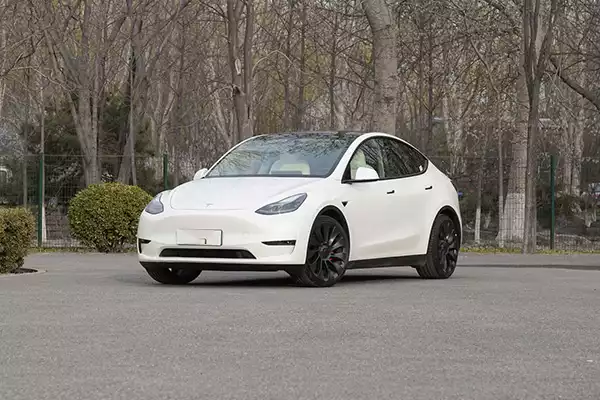
As more charging infrastructure becomes available, the range anxiety associated with NEVs will decrease, making them a more attractive option for consumers. The development of charging infrastructure is a crucial step towards a future where NEVs are the norm and traditional gasoline vehicles become less prevalent.
Government Support for New Energy Vehicles
Many governments around the world are offering incentives to encourage the adoption of NEVs. These incentives include tax credits, rebates, and subsidies for the purchase of NEVs. In some countries, NEVs are exempt from certain taxes or tolls. Governments are also investing in charging infrastructure and research and development to support the growth of the NEV industry.
China is the world’s largest market for NEVs, with the government offering significant incentives to promote their adoption. In the United States, federal tax credits are available for the purchase of NEVs, and some states offer additional incentives. In Europe, many countries offer tax incentives and subsidies for the purchase of NEVs, and some cities have implemented low-emission zones to encourage the use of NEVs.
Government support is critical to the success of the NEV industry, as it helps to make NEVs more affordable and convenient for consumers. It also helps to reduce the impact of transportation on the environment and promote energy independence.
Challenges Facing New Energy Vehicles
Despite their many benefits, NEVs face several challenges that must be overcome for their widespread adoption. One of the most significant challenges is the high cost of NEVs compared to traditional gasoline vehicles. Although the cost of deal L9 is decreasing, they are still more expensive than gasoline vehicles in most cases.
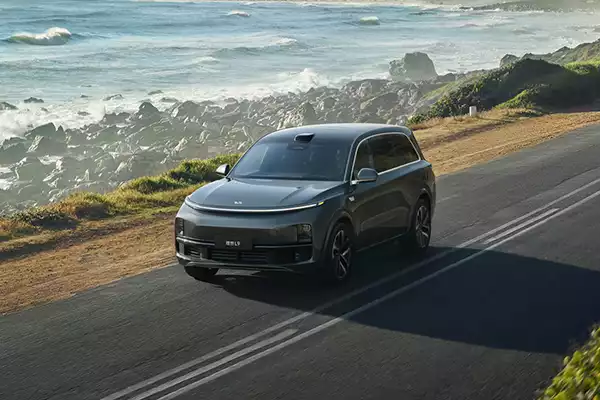
Another challenge is the lack of charging infrastructure, as mentioned earlier. Range anxiety is a significant concern for consumers, and the lack of charging infrastructure can make NEVs less attractive than traditional gasoline vehicles.
Finally, the limited range of some NEVs is also a concern, particularly for those who travel long distances regularly. Although the range of NEVs is improving, it is still lower than that of traditional gasoline vehicles.
Conclusion
New Energy Vehicles offer many benefits over traditional gasoline tri axle dump truck, including lower operating costs, reduced emissions, and less dependence on foreign oil. As technology advances and public awareness of their benefits grows, the adoption of NEVs is expected to rise.
However, NEVs also face several challenges that must be overcome for their widespread adoption, such as the high cost, limited range, and lack of charging infrastructure. Government support and investment in research and development are critical to the success of the NEV industry.
Overall, NEVs represent a promising future for the transportation industry, offering a cleaner and more sustainable alternative to traditional vehicles.





 info@talenets.com
info@talenets.com 0086-371-63334322
0086-371-63334322





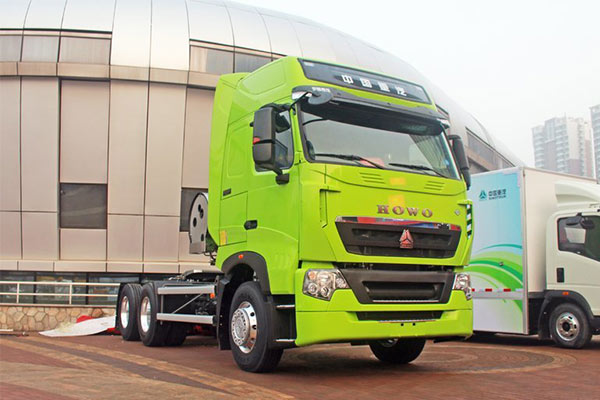
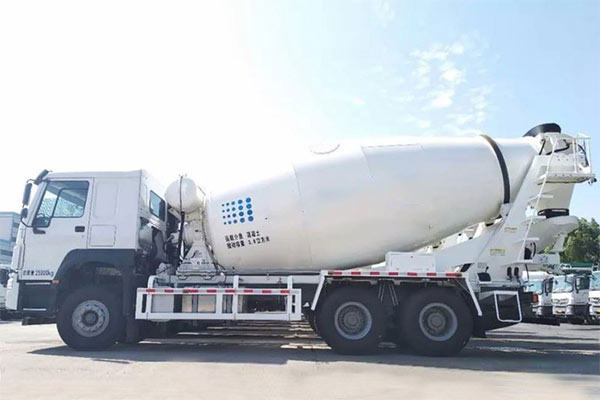

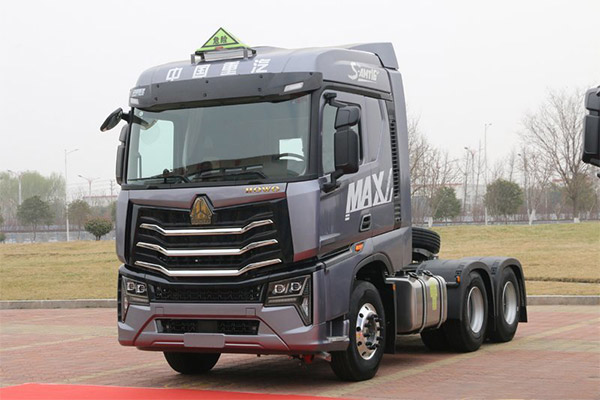

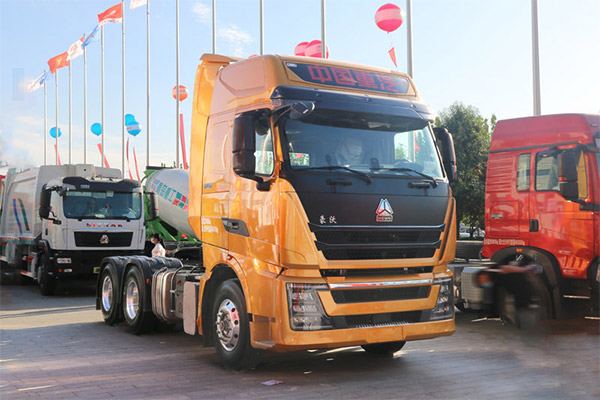


 24 hours online
24 hours online